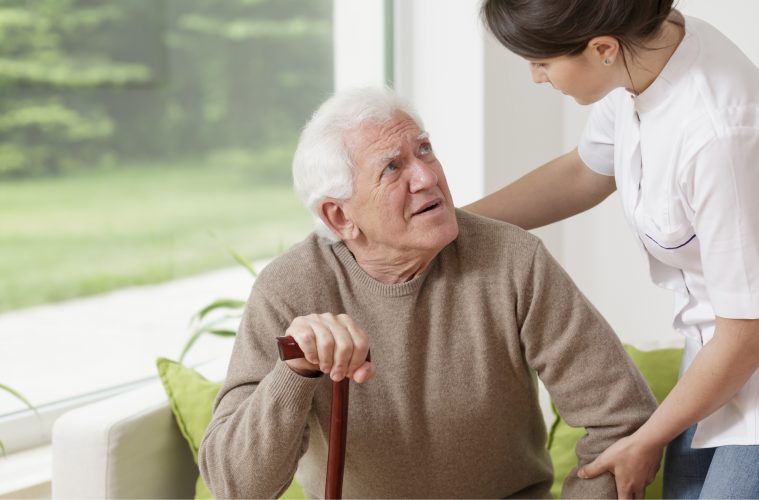What is Parkinson’s Disease and what are the symptoms
Parkinson’s disease is a chronic and progressive movement disorder that affects more than 10 million people worldwide. The cause of Parkinson’s disease is unknown, but it is believed to be related to a combination of genetic and environmental factors. The most common symptoms of Parkinson’s disease are tremors, rigidity, bradykinesia (slowness of movement), and postural instability (impaired balance). Other symptoms include difficulty swallowing, speaking softly or with a monotonous voice, depression, anxiety, and sleep disturbances. There is no cure for Parkinson’s disease, but there are treatments that can help to manage the symptoms. With early diagnosis and treatment, many people with Parkinson’s disease can lead active and productive lives.
How is Parkinson’s Disease diagnosed
No one test can definitively diagnose Parkinson’s disease, so the diagnosis is usually made based on a combination of medical history, physical examination, and neurological testing. Medical history and physical examination can provide clues about the presence of Parkinson’s disease, but they are often nonspecific. Neurological testing can help to confirm the diagnosis by assessing features such as muscle strength, reflexes, and coordination. In some cases, brain imaging studies may also be used to help support the diagnosis of Parkinson’s disease.
What are the treatment options for Parkinson’s Disease
Although there is no cure for Parkinson’s Disease, there are treatment options that can help to manage the symptoms and improve the quality of life for sufferers. Medications can be used to control tremors and improve muscle function, while physical therapy can help with coordination and balance. In some cases, surgery may be recommended to implant deep brain stimulators, which can help to reduce tremor frequency and severity. With proper treatment, many people with Parkinson’s Disease are able to live relatively normal lives.
How can you manage your symptoms to improve your quality of life
There is no one-size-fits-all answer to managing Parkinson’s disease symptoms, as each person experiences the condition differently. However, there are some general tips that can help to improve your quality of life. First, it is important to stay as active as possible. Exercise can help to improve your flexibility and range of motion, and it may also reduce fatigue. Secondly, it is important to eat a healthy diet, as this can help to improve your energy levels and reduce inflammation. Finally, it is important to establish a routine and stick to it as much as possible. This can help to make tasks such as dressing and bathing easier, and it can also provide a sense of structure and predictability in an otherwise unpredictable disease. By following these tips, you can help to manage your symptoms and improve your quality of life.
What resources are available to help you cope with Parkinson’s Disease
There are many resources available to help you cope with Parkinson’s Disease. The National Parkinson’s Foundation provides support groups, educational materials, and a helpline for people with Parkinson’s and their families. The American Parkinson’s Disease Association also offers support groups, educational programs, and patient services. Local senior care centers in Rockville can provide additional support and resources. Many senior care centers offer many services, including meals, transportation, social activities, and personal care assistance. They can also help connect you with other local resources, such as support groups, doctors, and therapists.
Parkinson’s disease is a neurological disorder that affects movement. It can cause tremors, stiffness, and difficulty with balance. The good news is that there are treatments available to help lessen the symptoms of Parkinson’s disease and make life easier for those living with it. If you or someone you love has been diagnosed with Parkinson’s disease, here is what you can expect.

